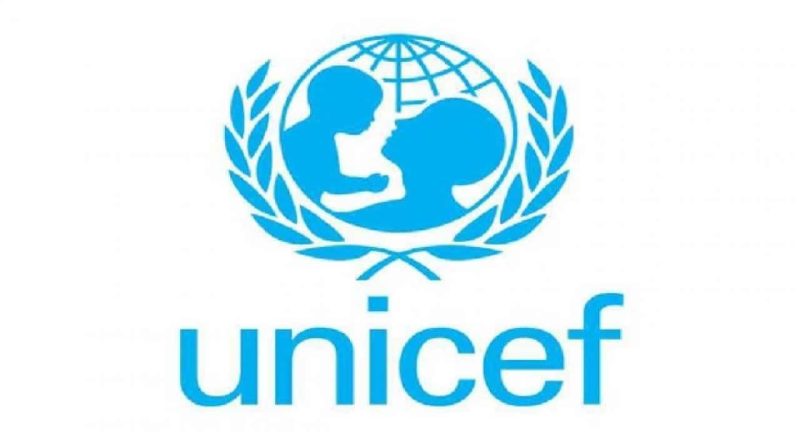Jigawa must break barriers to women’s participation in educational leadership – UNICEF warns
The United Nations Children’s Fund, UNICEF, has urged the Jigawa State Government to ensure full participation and fair consideration of women in educational leadership, revealing that only 14 percent of leadership positions such as head teachers or their deputies are currently occupied by women in the state.
The call was made by Rahama Rihood Mohammed, Chief/Head of UNICEF Field Office, Kano, during the dissemination of a report on the rapid appraisal of women in education decision-making positions in Jigawa State’s basic education sub-sector, organized by High-Level Women Advocates (HiLWA) with support from the European Union.
He said, the event is to reflect not only on the achievements so far but also on the gaps that remain in ensuring equal opportunities for women and men within the education system.
According to Mohammed, findings revealed that while women form the majority of the teaching workforce in Jigawa State, only 14 percent currently occupy leadership positions such as head teachers or deputies.
He said despite their qualifications, experience, and commitment, the vast majority of women remain excluded from key decision-making roles that shape how schools are managed, how teachers are supported, and how students learn.
Mohammed explained that despite existing policies and opportunities for leadership, they often favour men due to cultural and social norms, family expectations, and institutional biases which continue to limit women’s advancement.
Prof Ummu Abdulwahid Chairperson, Higher level women advocates (HiLWA) said, the aim is to advocate for increased access of girl child to education by minimizing the obstacles that mitigate full enrolment, retention, and completion of basic education.
She said HiLWA is working towards facilitating the implementation of laws and policies that promote gender equity in the educational system in the state.
Prof. Ummu noted that the move is also working towards establishment of effective partnership with the state and non-state actors to achieve the desired goals and objectives.
